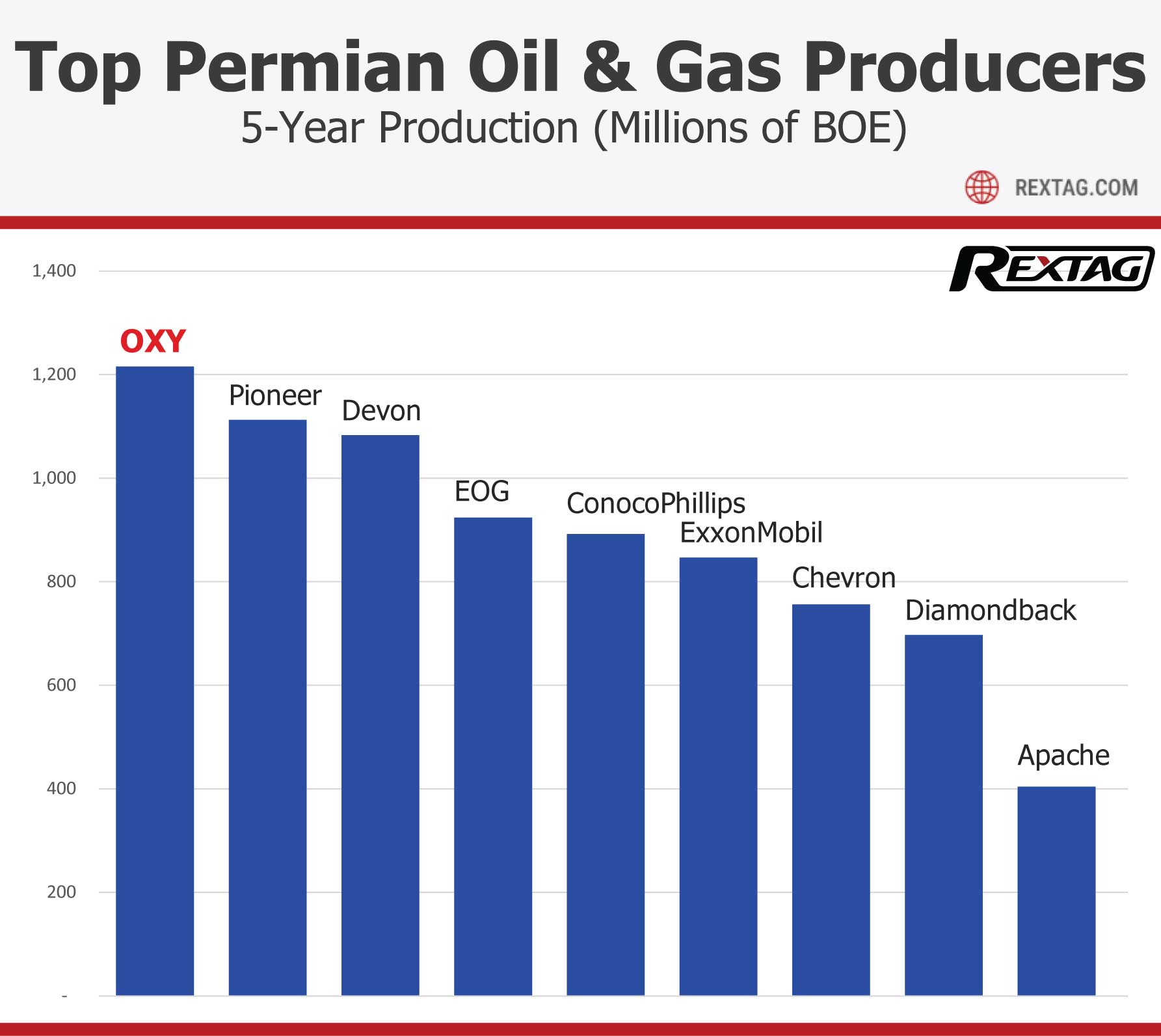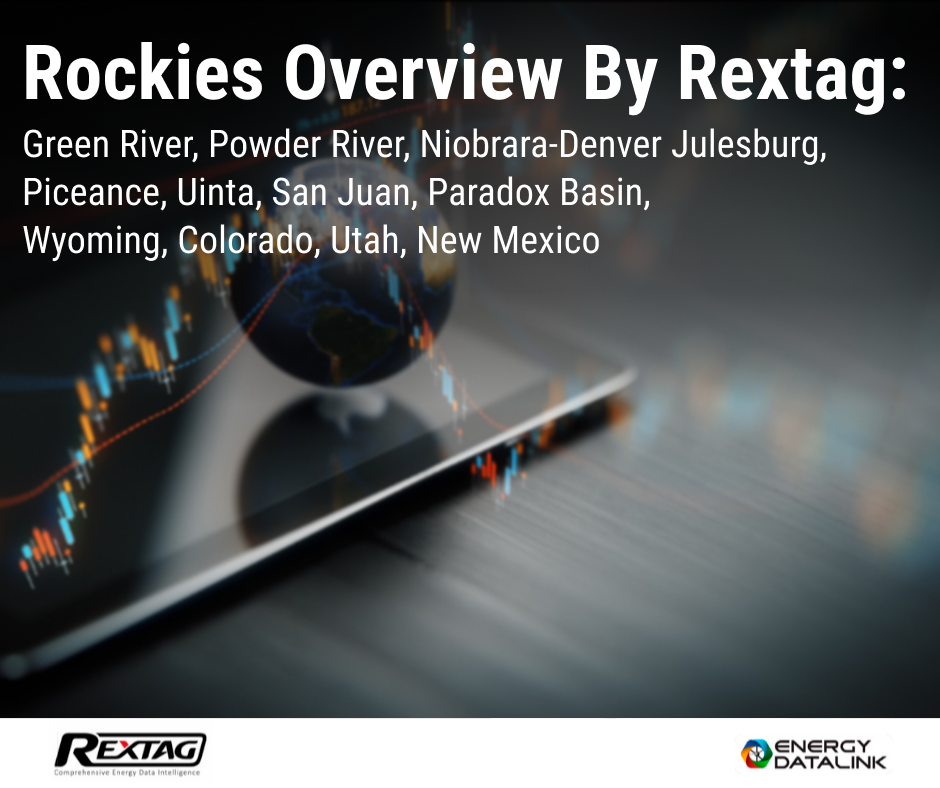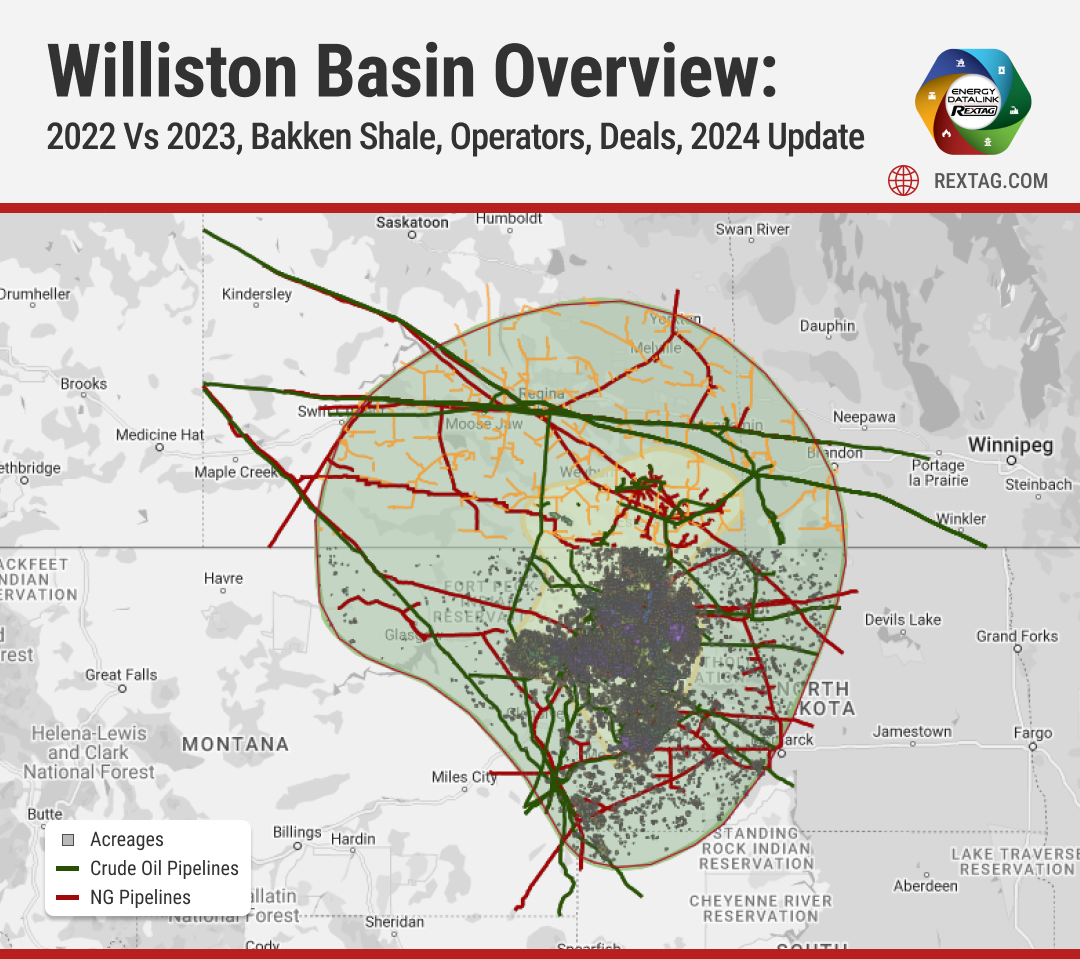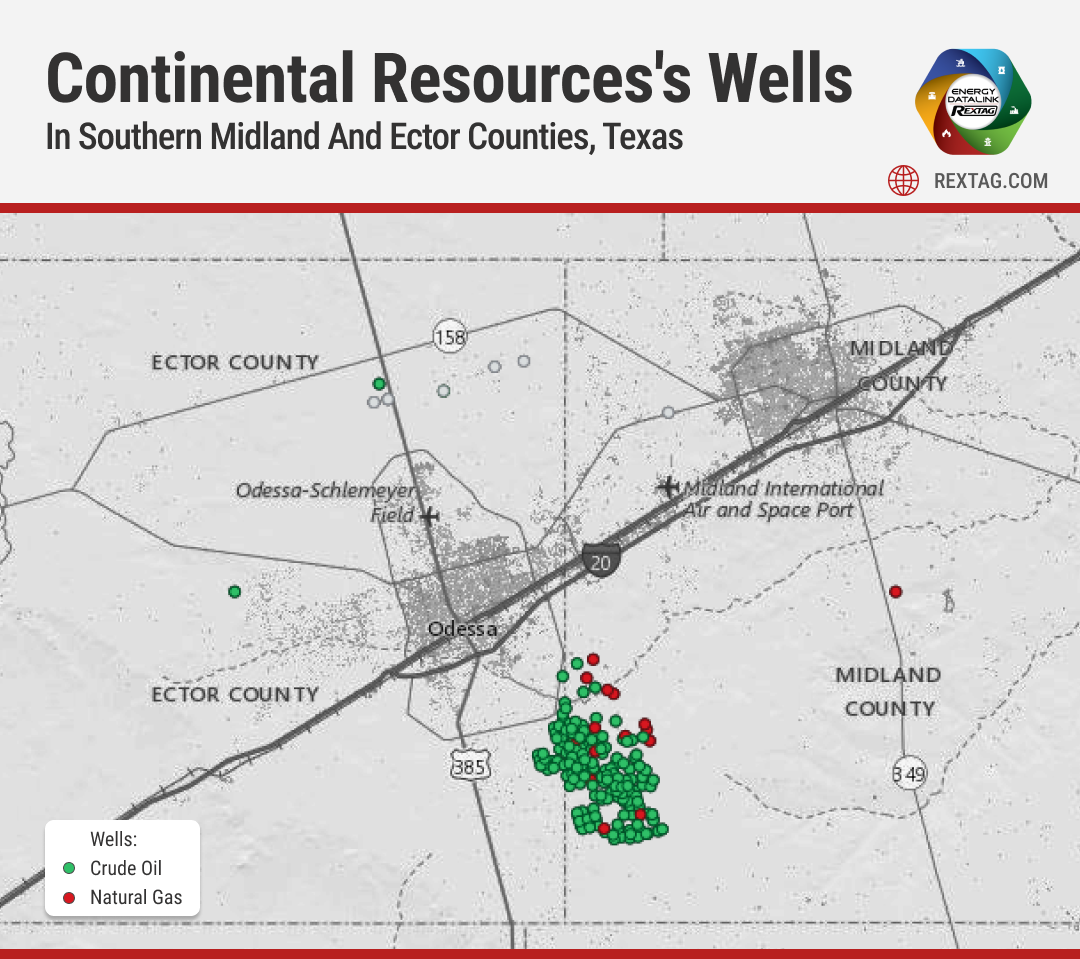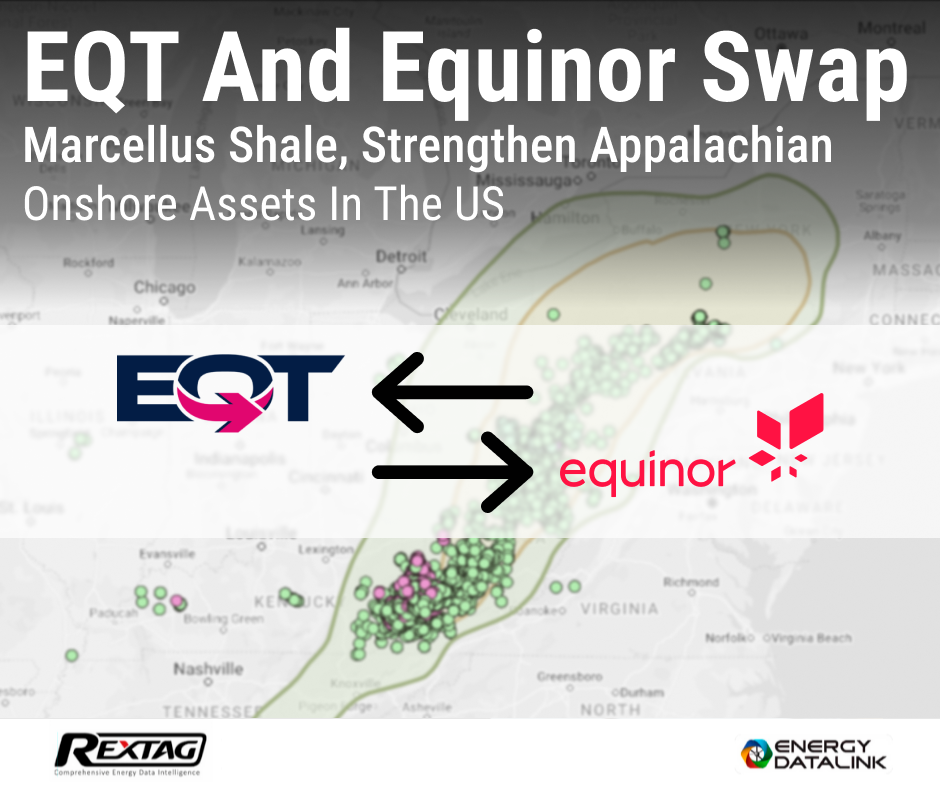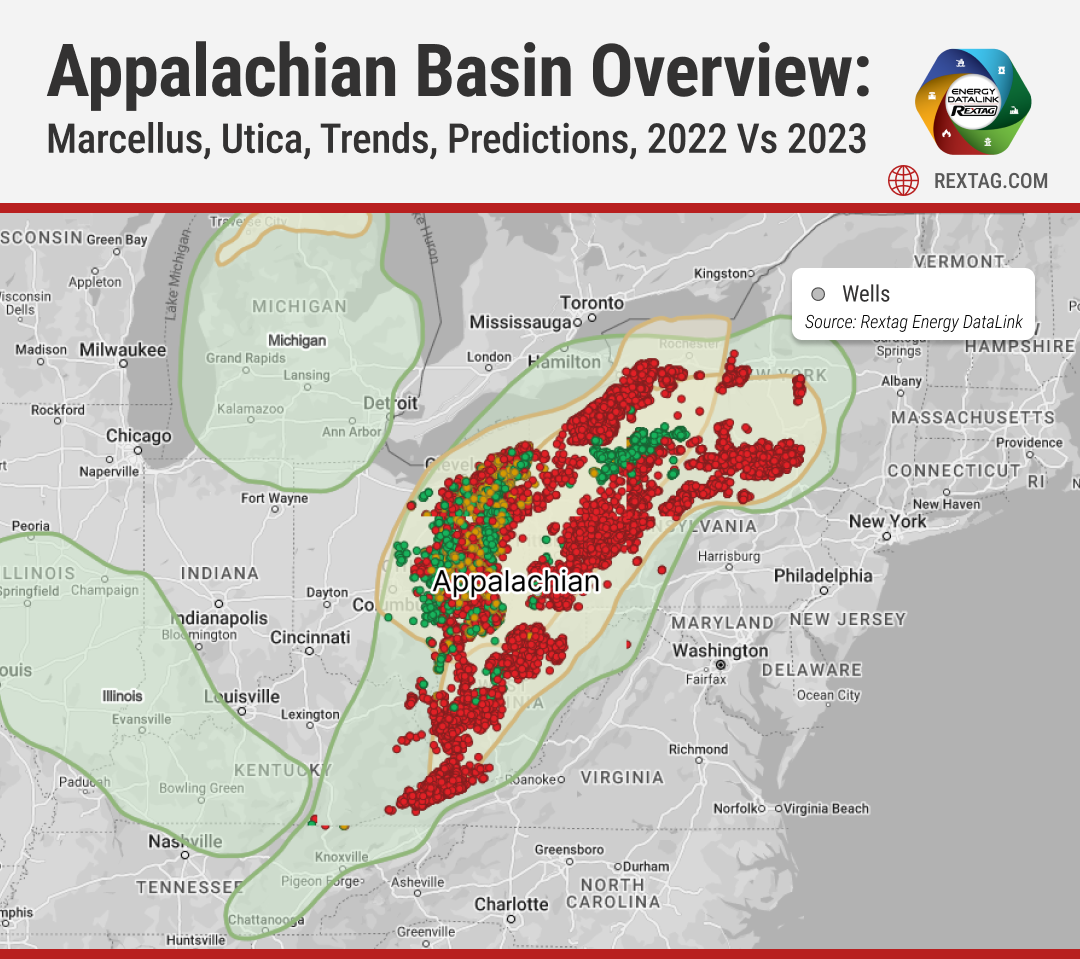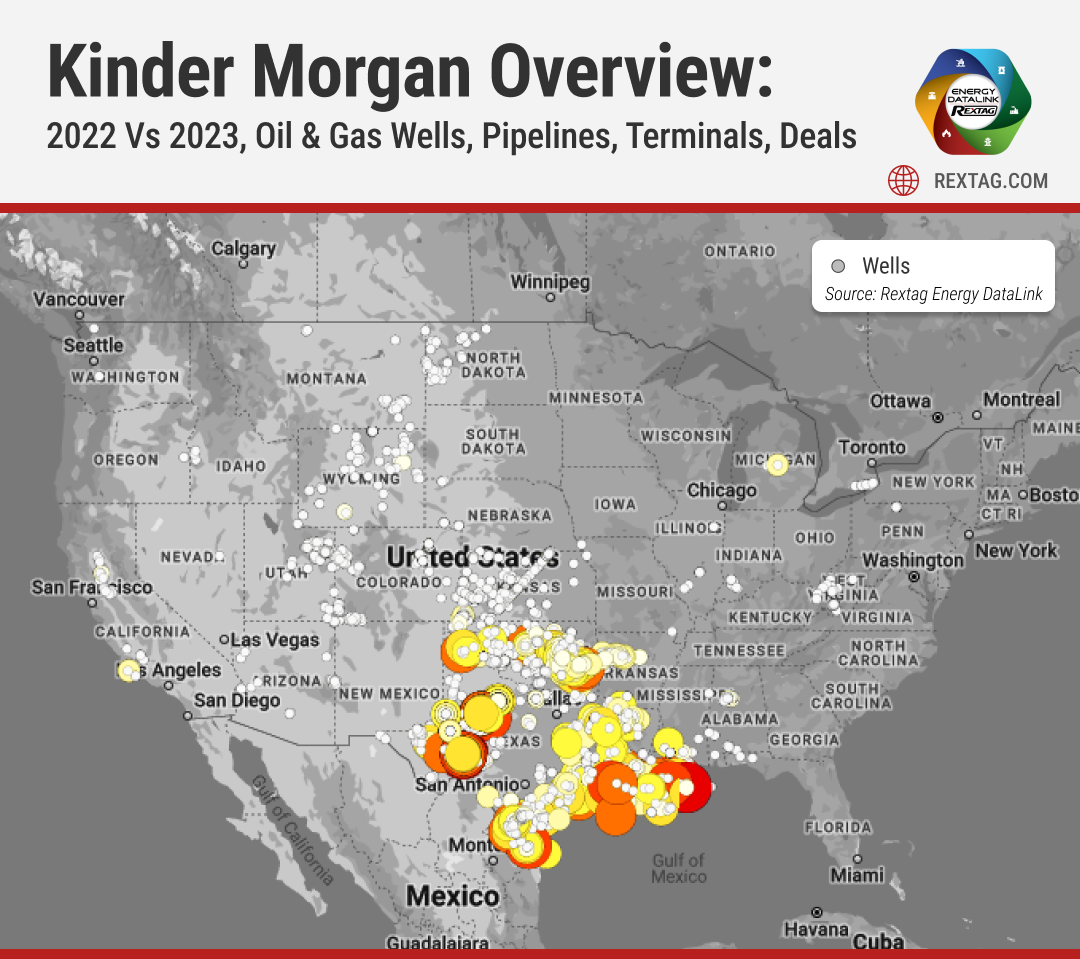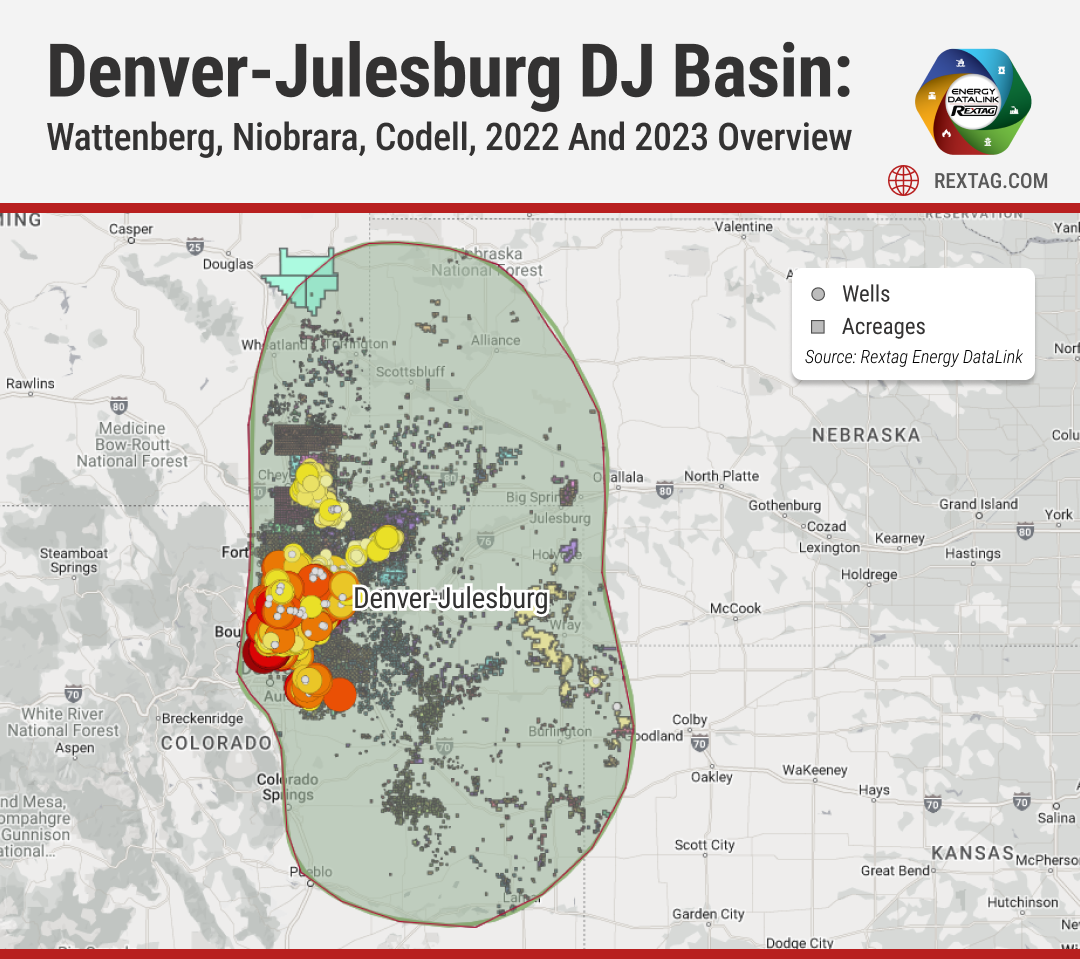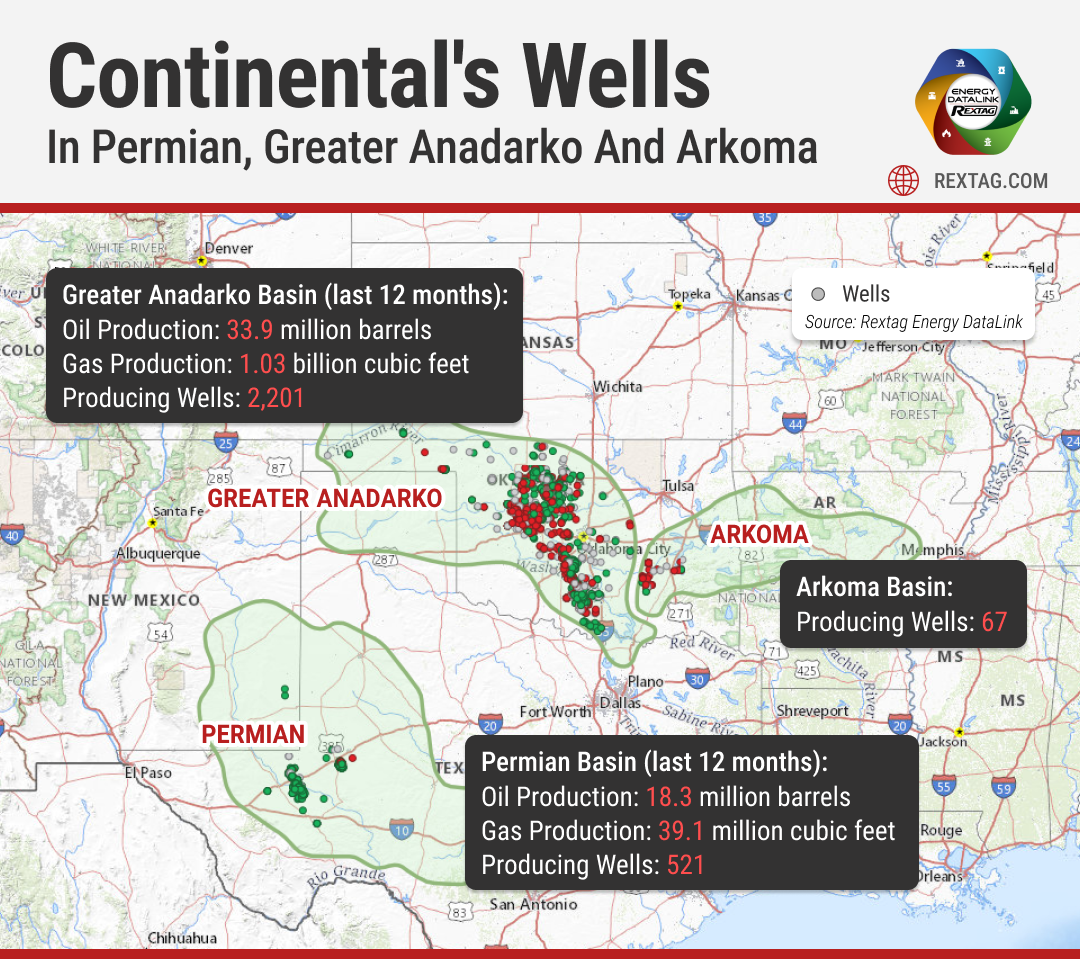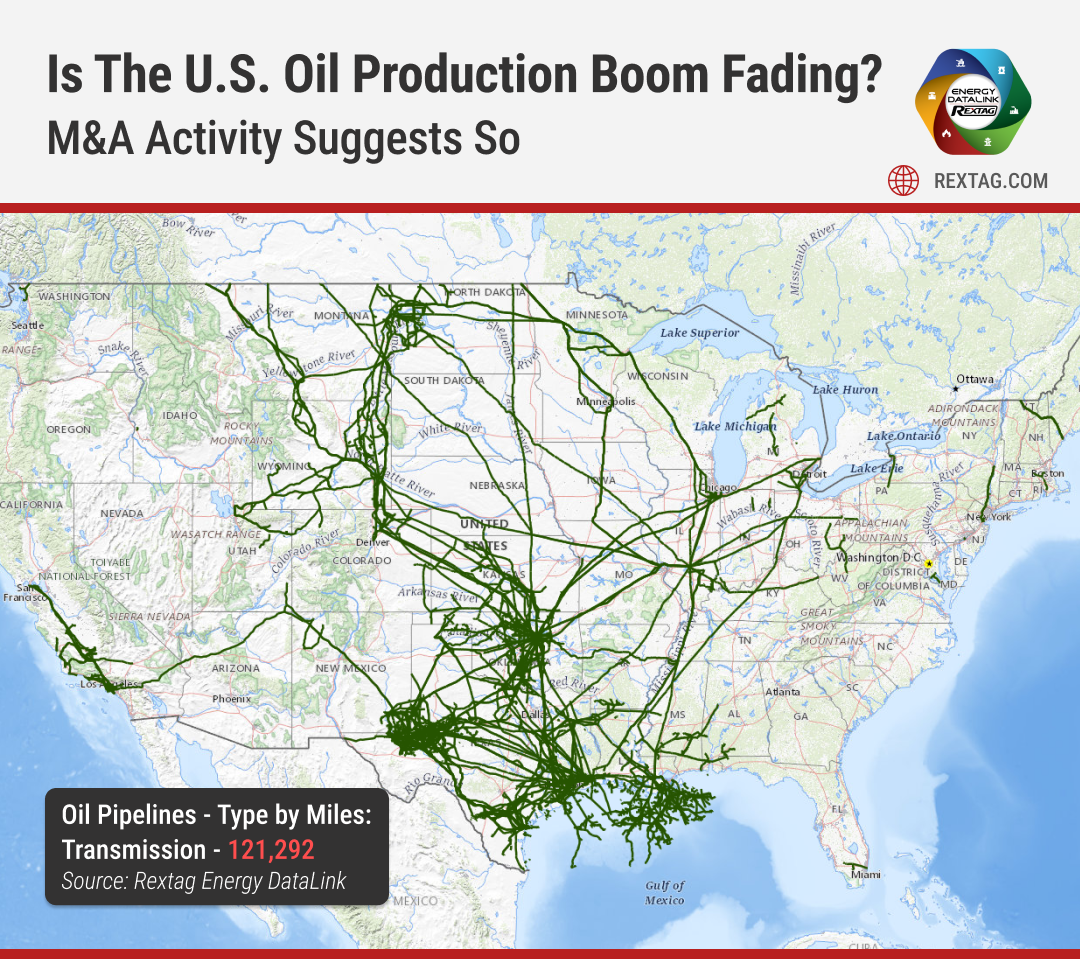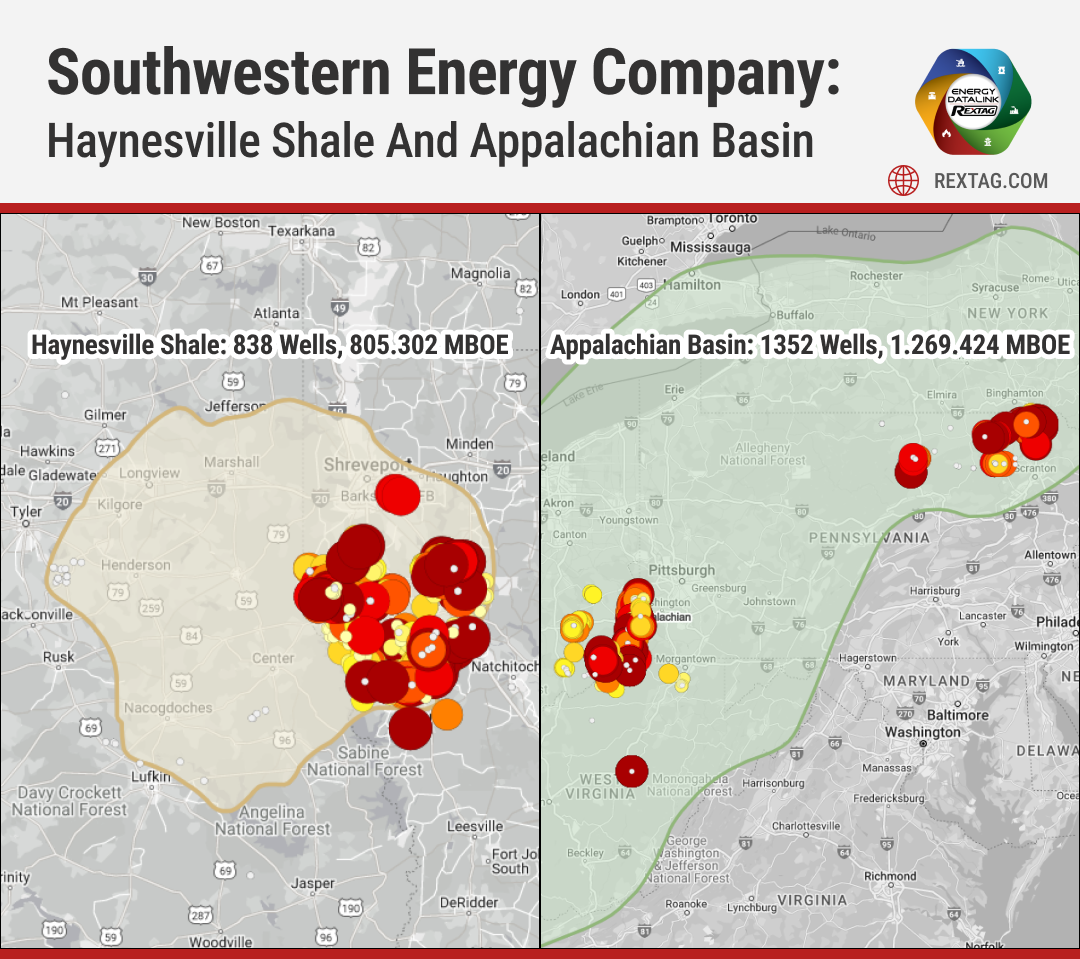Blog
Since days when shale oil and gas technologies were discovered, the U.S. energy industry has been evolving more rapidly than ever before. Many changes are amazing especially when you put them on an industry map. At Rextag not only do we keep you aware of major projects such as pipelines or LNG terminals placed in service. Even less significant news are still important to us, be it new wells drilled or processing plants put to regular maintenance.
Daily improvements often come unnoticed but you can still follow these together with us. Our main input is to “clip it” to the related map: map of crude oil refineries or that of natural gas compressor stations. Where do you get and follow your important industry news? Maybe you are subscribed to your favorite social media feeds or industry journals. Whatever your choice is, you are looking for the story. What happened? Who made it happen? WHY does this matter? (Remember, it is all about ‘What’s in It For Me’ (WIIFM) principle).
How Rextag blog helps? Here we are concerned with looking at things both CLOSELY and FROM A DISTANCE.
"Looking closely" means reflecting where exactly the object is located.
"From a distance" means helping you see a broader picture.
New power plant added in North-East? See exactly what kind of transmission lines approach it and where do they go. Are there other power plants around? GIS data do not come as a mere dot on a map. We collect so many additional data attributes: operator and owner records, physical parameters and production data. Sometimes you will be lucky to grab some specific area maps we share on our blog. Often, there is data behind it as well. Who are top midstream operators in Permian this year? What mileage falls to the share or Kinder Morgan in the San-Juan basin? Do you know? Do you want to know?
All right, then let us see WHERE things happen. Read this blog, capture the energy infrastructure mapped and stay aware with Rextag data!
Top Permian Oil and Gas Producers: Five-Year Production
OXY has been the leader in Permian Basin production for the past five years. Currently, the Houston-based oil and gas company is deepening its presence in the basin with a $12 billion acquisition of CrownRock, adding over 94,000 acres in the Midland Basin and increasing its oil output by about 170,000 barrels per day. Occidental announced an increase in its proved reserves to 4.0 billion barrels of oil equivalent by the end of December 2023, up from 3.8 billion the previous year. Activities in the Permian largely fueled this rise. Occidental added approximately 303 million barrels through infill development projects as well as new discoveries and the further development of existing fields brought in another 153 million barrels.
TotalEnergies $5.7B Profit, U.S. Rig Count Loose and Crude Oil April Update
TotalEnergies kicked off 2024 with a net income of $5.7 billion in the first quarter, marking a modest 3% increase from the same period last year and a 13% rise from the previous quarter. This growth occurred despite experiencing drops in both the volume and price of gas sales over the year and the quarter. Their adjusted net earnings, which exclude one-time or unusual items, were $5.1 billion. This represents a significant 22% decline compared to last year and a slight 2% drop from the last quarter. The company's earnings before tax, depreciation, and amortization reached $11.5 billion, while their cash flow from operations significantly decreased to $2.2 billion, falling by 58% from last year and a steep 87% from the previous quarter. TotalEnergies also recorded $644 million in impairments.
Rockies Overview by Rextag: Green River, Powder River, Niobrara-Denver Julesburg, Piceance, Uinta, San Juan, Paradox Basin, Wyoming, Colorado, Utah, New Mexico
New Mexico leads the Rockies region in gas production and ranks as the sixth-largest in terms of active gas wells in the U.S. Last year, the state's gas well count slightly increased by 0.2% to 30,699, with new additions in both the northwestern San Juan Basin and the southeastern Permian Basin. Meanwhile, just to the north in Colorado, gas producers grew by a modest 0.1% to 30,322, primarily due to increased drilling activity in the DJ and Piceance basins. Wyoming saw a decline in its active gas wells by 3.7%, down to 17,006, with production mainly in Sublette, Sweetwater, and Converse counties reflecting stable or slightly reduced drilling activity. Utah also experienced a slight decrease of 0.2% in its number of gas wells, totaling 6,463. In Q1 2024, oil and gas industry activity in Oklahoma, Colorado, and northern New Mexico experienced a decline. This marks the fifth consecutive quarter of contraction in drilling and business activities within these regions. According to a survey that included responses from 33 firms operating in the Rockies, this downtrend is expected to continue over the next six months.
Williston Basin Overview: 2022 vs 2023, Bakken Shale, Operators, Deals, 2024 Update
The Williston Basin is a big area filled with layers of rock that sits next to the Rocky Mountains in western North Dakota, eastern Montana, and the southern part of Saskatchewan in Canada. This area covers roughly 110,000 square miles. Geologically, it's very similar to the Alberta Basin in Canada. People started drilling for oil in the Williston Basin back in 1936, and by 1954, most of the land where oil could likely be found was already claimed for drilling. The Bakken Formation with parts of Montana, North Dakota, Saskatchewan, and Manitoba has become one of only ten oil fields globally to yield over 1 million barrels per day (bpd) since the late 2000s. It is currently the third-largest U.S. shale oilfield, behind the Permian and Eagle Ford. The boom in the Bakken started around September 2008, coinciding with the U.S. housing market crash. The application of new technologies, such as swell packers enabling multiple-stage fracturing, significantly enhanced oil recovery, making the Bakken Formation a key player in the U.S. In 2022, the Bakken oil field saw big improvements in how much oil and gas it could produce. At the start of the year, 27 drilling rigs were working there, more than double the 11 rigs from the start of 2021. Important upgrades included making the Tioga Gas Plant able to process 150 million cubic feet more gas each day, and making the Dakota Access Pipeline bigger, increasing its oil transport capacity from 570,000 to 750,000 barrels every day.
Appalachian Basin Overview: Marcellus, Utica, Trends, Predictions, 2022 vs 2023
Appalachian Basin (formerly Marcellus and Utica) covers most of New York, Pennsylvania, Eastern Ohio, West Virginia, and Western Maryland in the north, reaching down to parts of Northwest Georgia and Northeast Alabama in the south. The basin is massive, covering about 185,000 square miles, roughly 1,000 miles long from northeast to southwest, and in some places, it's up to 300 miles wide. In this area, some major companies are making significant investments. EQT stands out as the largest producer in the Appalachian Basin, with other key players including Chesapeake, Range Resources, Antero, Repsol, and Gulfport also actively investing.
Kinder Morgan Overview: 2022 vs 2023, Oil & Gas Wells, Pipelines, Terminals, Deals
Kinder Morgan stands as North America's top independent mover of petroleum products with around 2.4 million barrels daily across the continent. The bulk of this flow happens through its Products Pipelines division, which navigates gasoline, jet fuel, diesel, crude oil, and condensate through a network of about 9,500 miles of pipelines. Alongside, the company maintains roughly 65 liquid terminals that not only store these fuels but also blend in ethanol and biofuels for a green touch.
Denver-Julesburg DJ Basin: Wattenberg, Niobrara, Codell, 2022 and 2023 Overview
The Denver-Julesburg (DJ) Basin, spanning Northern Colorado, Eastern Wyoming, Western Kansas, and parts of Nebraska, stretches from north to south, from north of Cheyenne, Wyoming, down to Colorado Springs. Its primary production field, the Wattenberg gas field, is located in Weld County and Northwestern Adams County in Northeast Colorado. Oil and gas production in the D-J Basin traces back to a discovery in Boulder County, Colorado, in 1901, marking a long history of energy development in the area. The basin is highly productive, primarily due to its stacked plays, similar to those in other regions like the Anadarko Basin (with its SCOOP and STACK plays) and the Permian Basin. This geological feature is a key reason for the high productivity of wells in the DJ Basin.
Continental Resources Profile: 2022 vs 2023 Overview with 2024 M&A Moves
Continental Resources is actively involved in innovative energy projects to enhance oil production and environmental sustainability. The company has invested $250 million in the world's largest carbon capture and sequestration (CCS) project, a partnership with Summit Carbon Solutions. This project aims to capture CO2 from industrial sources in the Midwest and store it in North Dakota's Williston Basin, where Continental has significant experience and presence. In the Powder River Basin, Continental has expanded its operations by acquiring 400,000 acres. It is now the second-largest producer in this area, achieving high initial productivity from its Niobrara wells. The company aims to develop a competitive program across its portfolio, drawing on its successes in the Williston Basin. In the Williston Basin, known for its Bakken play, Continental is enhancing oil recovery through innovative well completion designs and exploring the potential of refracturing existing wells. These efforts are part of Continental's broader strategy to increase oil extraction efficiency and contribute to environmental sustainability.
Is the U.S. Oil Production Boom Fading? M&A Activity Suggests So
The US oil industry made big headlines in 2023 thanks to its surprising record oil production. However, experts believe 2024 won't see the same level of growth, mainly due to one key factor: a surge in mergers and acquisitions (M&A). So far in 2024, the oil and gas exploration sector has seen mergers worth $55 billion. This follows a record-breaking year in 2023 when the industry announced deals totaling $190 billion, the highest ever for this sector.
Southwestern Energy Company: M&A, 2022 vs 2023 Review, 2024 Forecast
Southwestern plans to keep its production steady, with a budget of $2.0 to $2.3 billion allocated for capital expenditures in 2024. This budget includes about $200 million for capitalized interest and expenses, which means the spending on drilling, completion, and other costs would be in the range of $1.8 to $2.1 billion to maintain a production level similar to 2023's output of approximately 4.57 Bcfe per day. The company anticipated closing 2023 with a debt of around $4.1 billion. Given the current market prices, Southwestern aims to reduce its debt to about $4 billion by the end of 2024, targeting a production level close to 4.5 Bcfe per day. Furthermore, the company has set a goal to lower its debt to under $3.5 billion. To reach the debt reduction target of approximately $3.5 billion by the end of 2024 or early 2025, Southwestern may need to adjust its capital expenditure budget to around $1.2 billion. This adjustment could lead to a slight decrease in production to about 4.2 to 4.25 Bcfe per day in 2024, representing a 7% to 8% reduction from the production levels in 2023.
